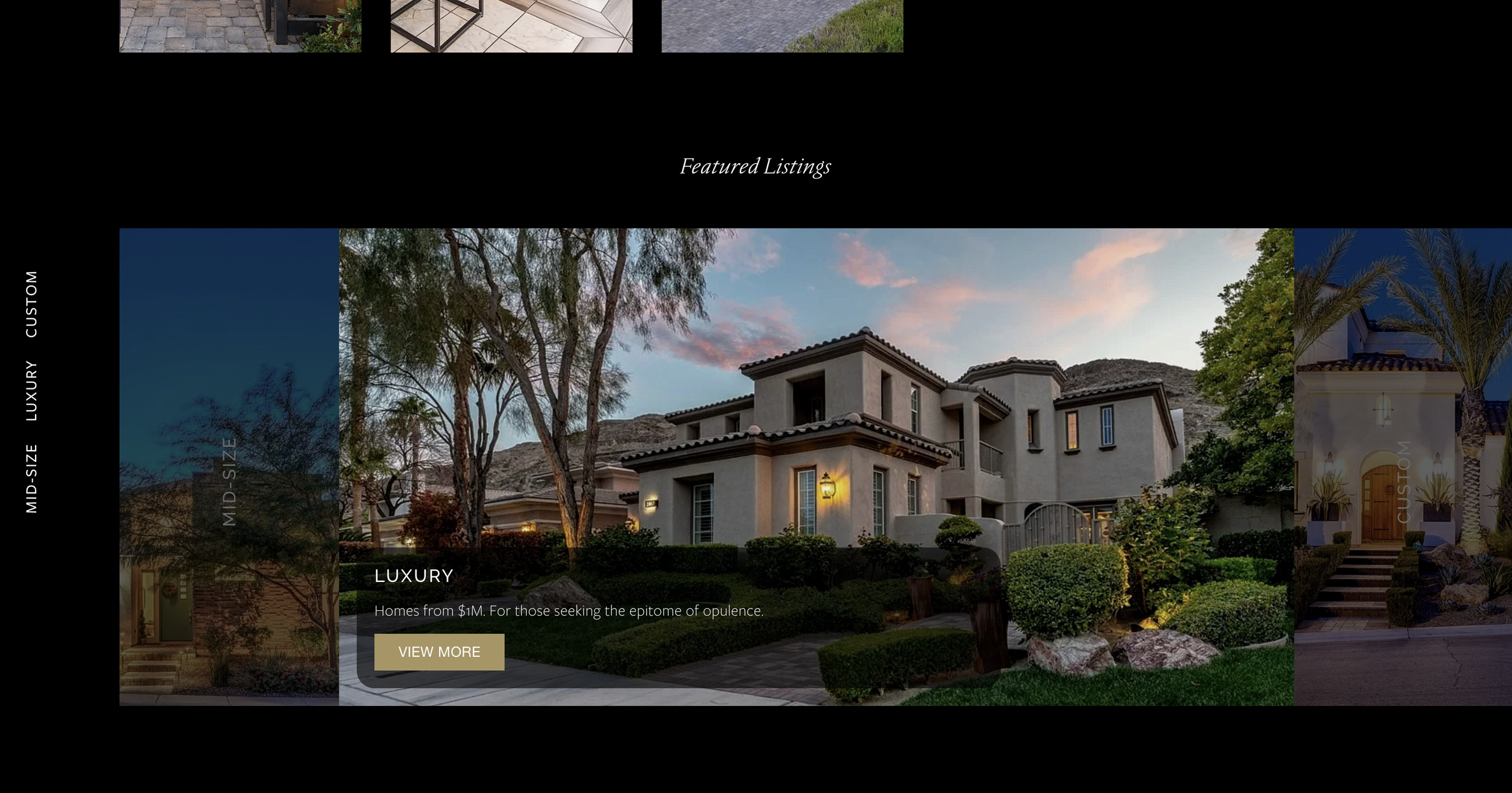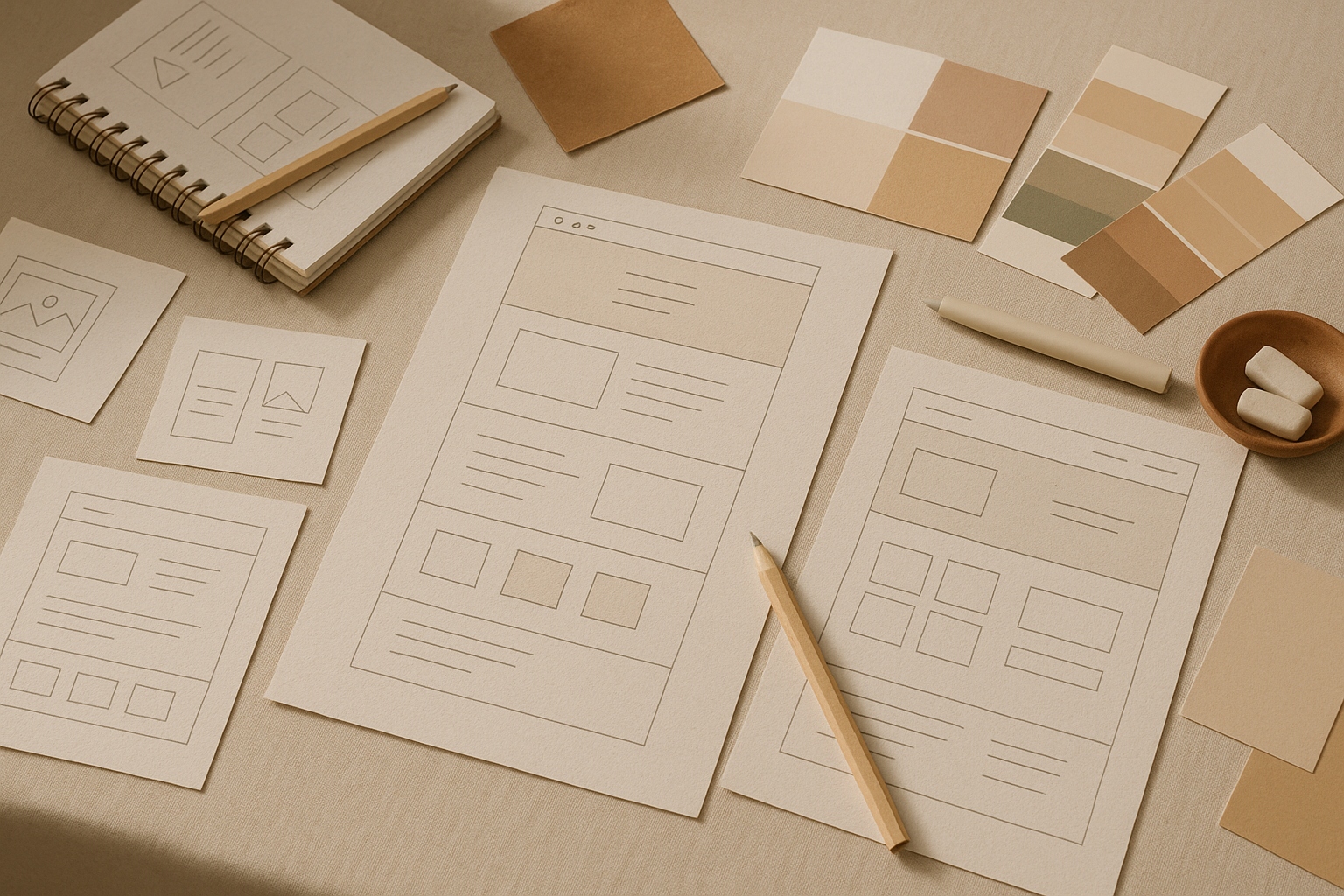Whimsy in Web Design: Small Touches That Keep Users Engaged
A dynamic featured portfolio that expands and contracts on hover adds unexpected, impressive movement to Luxury Home Collection's site.
In a world where attention spans are dwindling and competition is fierce, it’s easy to think that flashy graphics and sophisticated features are the keys to keeping users engaged with your website. But often, what truly resonates with users are the small, whimsical surprises that make them pause, smile, or feel a connection to your brand. These subtle yet thoughtful touches can turn an ordinary interaction into an unforgettable experience—one that keeps users coming back.
These moments of delight don’t have to be grand or overly complex. In fact, some of the most effective design surprises are simple and understated, seamlessly integrated into the user experience. In this post, we’ll explore what these delightful surprises are, why they matter, and how to incorporate them into your web design to increase engagement and foster brand loyalty.
What Are Delightful Surprises in Web Design?
A delightful surprise in web design is an unexpected, playful, or charming moment that provides users with an extra layer of enjoyment during their interaction with a website or app. These moments are often small, subtle, and carefully timed, adding a human touch to digital interfaces.
Examples of delightful surprises can include:
A witty message that appears while a page is loading.
A playful animation when a user hovers over a button or icon.
A hidden Easter egg—like a special sound effect or graphic—triggered by a certain action.
Personalized feedback or a celebratory animation after completing a task, such as making a purchase or submitting a form.
While these elements aren’t necessary for functionality, they can make an interaction more enjoyable, elevate the overall experience, and help build an emotional connection between users and your brand.
Why Do Delightful Surprises Matter?
Delightful surprises serve several important purposes in web design, even though they might seem purely aesthetic at first glance. Here’s why these small moments of joy can have a significant impact:
They Create Positive Emotional Connections: Humans are emotional creatures, and we respond strongly to moments that bring us joy, surprise, or satisfaction. When users encounter something unexpected and delightful on your website—whether it’s a playful animation or a clever piece of copy—it triggers a positive emotional response. These emotions can make the experience feel more memorable, leading users to form a stronger attachment to your brand.
They Increase Engagement: Small surprises often pique users’ curiosity and keep them engaged. A playful hover effect on a button or a subtle animation can encourage users to explore further, click through more pages, or interact with more features. This increases the amount of time users spend on your site and can lead to higher conversion rates.
They Build Brand Personality: Delightful surprises offer an opportunity to infuse your brand’s personality into the user experience. Whether your brand is playful, sophisticated, quirky, or professional, these small touches help reinforce your identity and create a consistent experience. Users who feel connected to your brand’s personality are more likely to return and recommend your services to others.
They Encourage Positive Word of Mouth: When users encounter something surprising or delightful on a website, they’re more likely to talk about it, whether in conversation or on social media. These small moments of joy are often what set a brand apart from its competitors and inspire people to share their positive experiences with others.
Striking the Right Balance: Less Is More
While delightful surprises can enhance the user experience, it’s important not to overdo it. Too many animations, Easter eggs, or clever messages can clutter the design and even detract from the overall usability of the site. The key is to use these elements sparingly and intentionally, ensuring they add value without becoming distractions.
When planning delightful surprises, always keep the user in mind. Ask yourself whether the element enhances the experience, aligns with your brand, and makes the user feel more engaged or connected. If it does, go for it—but if not, it might be better to hold off.
So, go ahead—give your users something to smile about.






